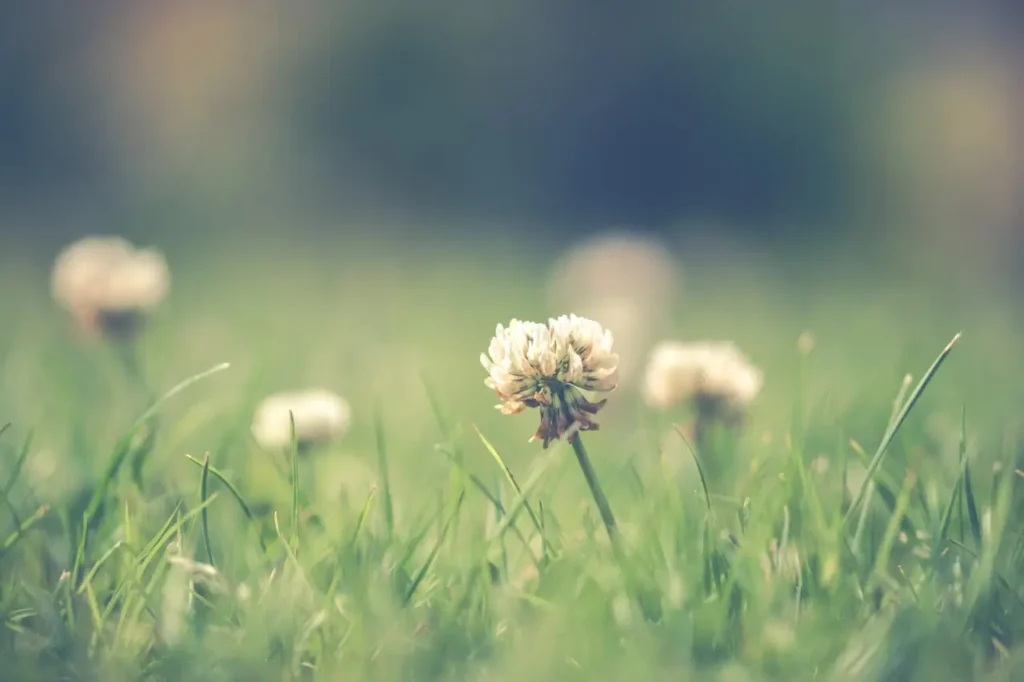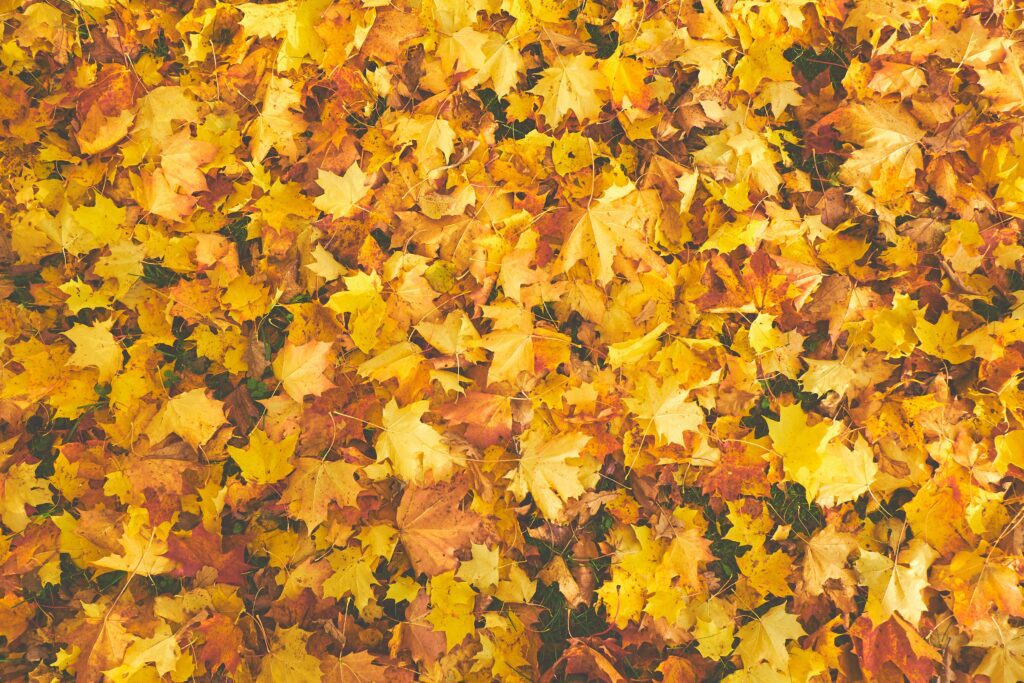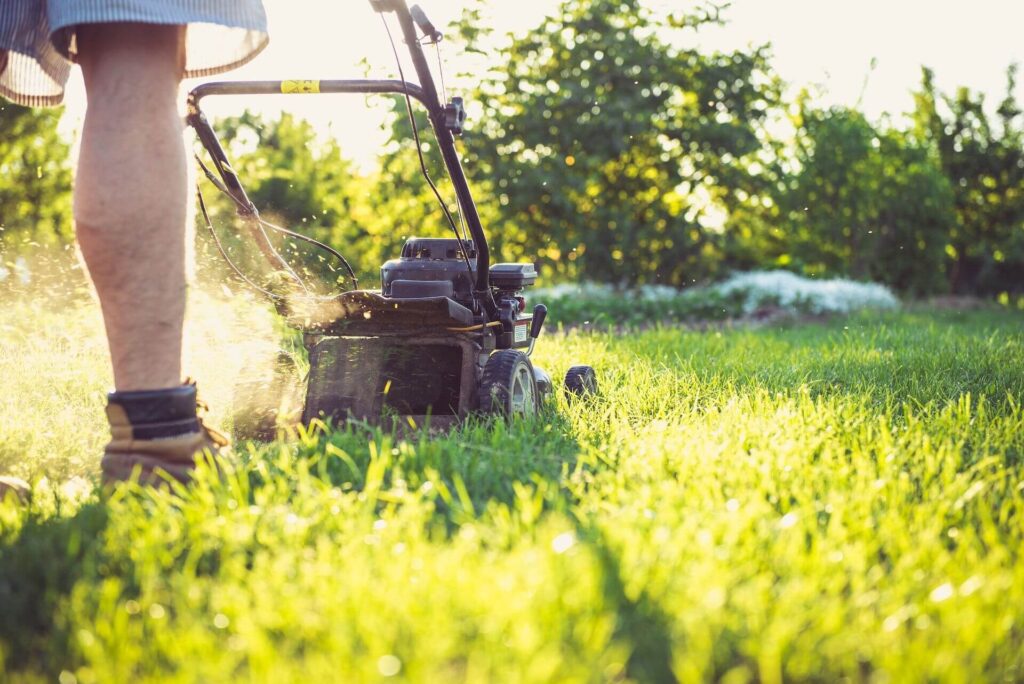Regardless of the climate you live in or the type of grass you have, aeration can help keep your lawn healthy and luscious. The trick to getting the best results is to know when to aerate your lawn and what equipment to use.
What is Aeration?
Lawn aeration is the process of poking small holes in your turf to allow air, water, and nutrients to get into your soil and grassroots. This feeds the roots, allowing it to grow and produce a healthier, stronger lawn.
Aerating soil curbs soil compaction, which prevents water, air, and nutrients from penetrating the soil. While soil compaction is a major cause for aeration, any lawn or organic debris located under the surface of the grass can also prevent these essential elements from reaching the roots.
When to Aerate Your Lawn?
Wondering if spring is the best time to aerate your lawn? Ideally, you should aerate just before or during the growing season. During this time, aeration is the best step you can take to heal your lawn after a damaging period. While aeration is good for lawns, it should be timed properly to prevent added stress to your grass. Dormant lawns should never be aerated.
Ideally, you should use cool season grass to aerate the lawn in spring and fall, and warm-season grass in late spring and early autumn.
Aeration should not be performed immediately after the growing season or during stressful periods, for example, peak winter or summer months. The type of grass will ultimately determine when is the best time to aerate.
In spring, mow your lawn a few times first before aerating. This allows the lawn to take full advantage of the added nutrients, water, and air provided by aeration and grow fast enough to recover from any stress or damage.
When aerating in fall, do it early enough that the turf has time to recover before it becomes dormant in winter. For the best, most effective results, you should aerate your lawn at least once per year, or twice a year for lawns with compacted soil.
The best time to aerate your lawn is when your soil is moist after rainfall or irrigation as moisture eases the process. If your soil is overly dry, it can be difficult to aerate. That said, you should not aerate overly wet lawns either.
What to do After Aeration?
Ideally, you should water your lawn after aeration. That said, you should never aerate your lawn when the turf is wet or muddy. It is also advised to apply fertilizer or weed killer shortly after aeration. Another good tip is to overseed after aeration, which improves seed to soil contact and aids in successful germination. If you plan to overseed after aeration, do not apply weed killer. Are you in need of a specialist? Contact J. Rick Lawn & Tree for all your lawn care needs in Colorado Springs.
Other Great Articles about Lawn Care Trips

Understanding How Pre-Emergent & Post-Emergent Weed Control Products Work
Weeds can be the bane of any homeowner’s lawn, especially in central Colorado. If you’re battling these pesky intruders, understanding the differences between the various weed control products available can be daunting. That’s why we’re going to explain the two main types of weed management products, pre-emergent and post-emergent herbicides. As you read on, you’ll…

The Complete Guide to Fall Lawn Care: Best Practices for Preparing Your Lawn for Winter
Is this your first fall as a Colorado Springs homeowner? Whether you’re ready to winterize your lawn for the first time or simply need a fall lawn care refresher for the home you’ve lived in for years, these essential lawn care basics will help you transition your lawn from the summer season to winter. Fall…

The Complete Guide to Lawn Mowing + Lawn Mowing Tips for Colorado Springs Homeowners
Mowing your Colorado Springs lawn is more than a weekend chore; it’s essential to keeping your green space healthy and attractive. You may think the only purpose of mowing is to keep your grass from getting unruly. However, your mowing practice can actually help increase your lawn’s density and encourage deep root growth, two factors…
